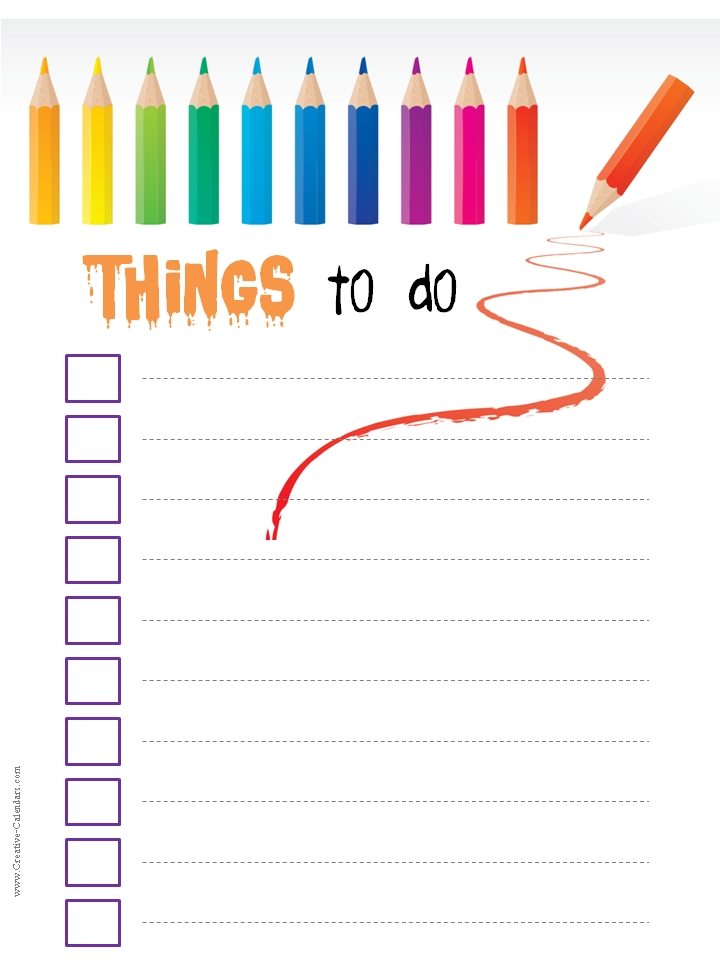
Over 100 experiments confirm that by exercising more self-control at the start of the day, your motivation and attention will decrease as the day goes on.

As we use up our points, our ability to make smart decisions becomes impaired. Ego depletion refers to the amount of decision-making “points” we have. Starting your day with an unprioritized to-do list also can undermine your ability to make productive decisions as the day goes on. It is instant gratification, but you haven’t really accomplished anything. It allows you to fantasize about successfully completing hard tasks and gives you permission to mentally indulge in this thought. Writing down many nonspecific tasks on a to-do list acts as the perfect proxy to such fantasies. Your brain will simulate the success you would like to feel. He argues that you feel an immediate sense of accomplishment simply by writing down all the tasks you would like to complete, without completing any one of them. Tim Pychyl is an expert in the area of procrastination research. So why do we make those gigantic lists in the first place?ĭr. The psychological rush of completing all of our tasks is a state our mind loves. After 90 days of list-making and monitoring, Schwab noticed productivity dramatically improve. They should continue making their way down their lists, with any unfinished tasks simply moving onto the next day’s list. Ivy Lee, the father of public relations, met up with Schwab and suggested the following:Įach employee should write down six tasks every day, rank them from highest to lowest priority, and immediately get to work on the first task. In the early 1900s, Schwab sent out a memo stating that he would handsomely reward the individual who could improve productivity among his employees. He was one of the first Americans to introduce a time-saving workflow process, called Taylorism, in his factories. The Brief History of the To-Do ListĬharles Schwab was a steel tycoon and a man obsessed with output and economic efficiency. So I went on an adventure to figure out the most effective way not only to write my daily to-do list but to get more things done. I’ve tested out a variety of methods, bought a number of books on the subject, and experimented: color-coded writing, Post-it note reminders in the bathroom, apps, Day-Timers - you name it, I’ve tried it. This was and still is a habit and finding a system that works has been a struggle for me.


 0 kommentar(er)
0 kommentar(er)
